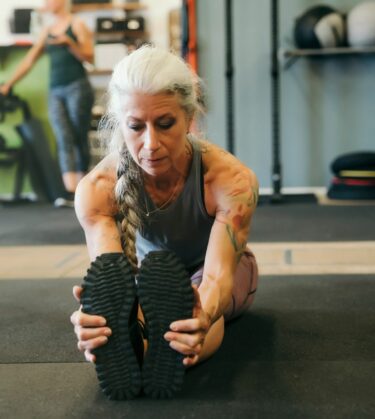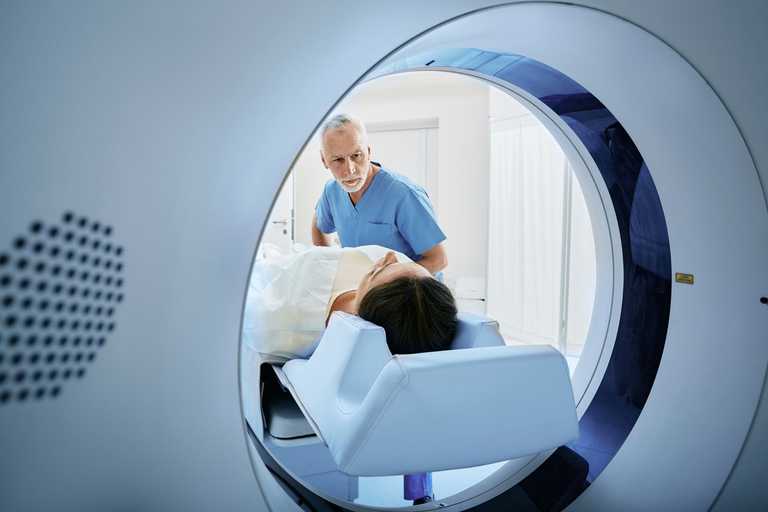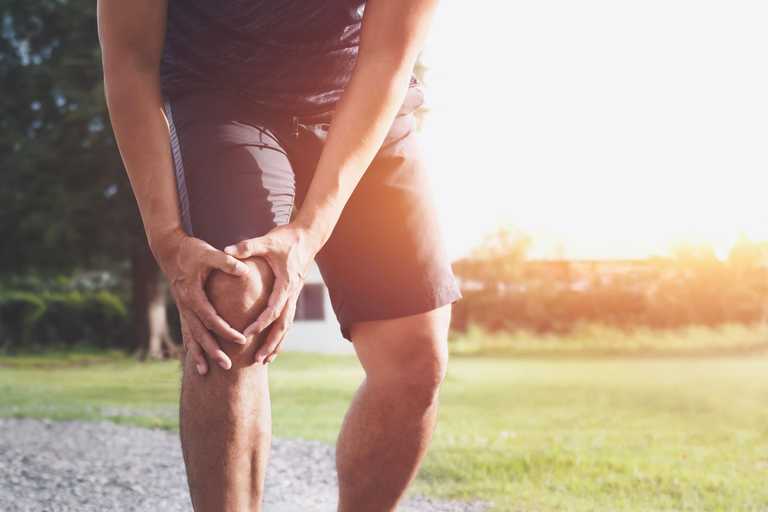
Pain management
Minimising the impact of chronic (persistent) pain on your day-to-day life is obviously paramount for your gen...

Let’s start this month’s update with a recently published paper in the British Medical Journal (BMJ) concerning the relationship between joint pain and rainfall. Throughout my career as a GP, patients would frequently comment on how their arthritis would be worse in the damp weather. Indeed it was not uncommon to hear of people moving to Spain to avoid the damp English winter. But is this really the case; does the scientific evidence support this? From what I saw, I certainly felt it did.
A few weeks ago, the BMJ published an observational study from the US. It involved over one and a half million patients, over the age of sixty-five who had attended Outpatients between 2008 -12 for joint and back pain. The study looked at conditions such as rheumatoid arthritis, osteoarthritis (wear and tear), and non-traumatic joint disorders, and compared outpatient attendances on rainy and non-rainy, dry days. They then considered other patient characteristics, such as chronic conditions, so the only significant variable would be the rain.
They then looked at the difference in attendance between rainy and dry days. They found a minimal increase in visits on dry days, the opposite of expected. However, the difference was so slight as not to be statistically significant.
This was an observational study, so although it points us in the direction of there being no relationship between joint pain and rain, we can’t be 100% certain. Further studies are needed to completely nail it; however, what we can say is that it does look like the old myth that the damp English weather isn’t good for our joints is probably an old wives’ tale. Although who wouldn’t want to escape a damp, dark English winter.

Next to an educational piece in the BMJ concerning the risk of breast cancer with HRT. This is a huge issue and has had a very turbulent history. When I started in medicine, HRT was seen as a wonder pill for women and was widely used to treat menopausal symptoms, to very good effect. Then in 2002, the Women’s Health Initiative, a large US-based study, published its interim results, which were widely picked up by the media, showing that HRT had more harmful effects than benefits. It highlighted an increased risk of breast cancer, and almost overnight, HRT stopped being prescribed. Many Doctors knew women who had developed breast cancer and were also on HRT. Very few were confident to prescribe it anymore.
Over the subsequent decade, the details of this study were reinvestigated. It became apparent that HRT actually had a beneficial effect in younger women and women who had just started menopause, reducing both the incidence of heart disease and total deaths. So it was clearly a useful treatment, but there was still great reluctance to prescribe. And that’s very much where we are today; there is still significant fear amongst the public concerning HRT, although it has many proven benefits.
It’s a complicated area; most HRT comprises two hormones oestrogen and progesterone. Women need both of these unless they have had a hysterectomy, in which case they just need oestrogen.
So now back to the article in the BMJ, which reported on a study from Coipland et all; looking at the use of HRT and the risks of breast cancer. The team reviewed data from just under 100,00 women with breast cancer aged between 50 and 79. They then matched each woman to five other women who shared the same characteristics but did not have breast cancer.
They found that one in three women had at some point taken HRT and that most had taken the combined form; oestrogen plus progesterone. About 30% just took oestrogen, which is suitable for women who have had a hysterectomy.
Their results showed that those who only took oestrogen had a very, very small increase in the risk of breast cancer than reversed on stopping the HRT.
Those who took the combined form had a slight increase risk of breast cancer which increased with age; lower for women starting in their 50s. For all women, the risk was low for the first five years and then increased. They also noted a higher risk with some of the “older “progesterones such as norethisterone compared to natural progesterones such as micronised progesterone.
In a group of 10,000 women in their 50s who had never taken HRT, 26 would go on to develop breast cancer. If the same group of 10,000 had taken HRT for less than five years, then 35 would likely develop breast cancer. So an extra 9 women in 100,000 would develop breast cancer or less than one in a thousand women.
The additional risk for most women is very, very small, yet historically HRT almost ceased to be prescribed. Menopausal symptoms can be extremely debilitating and in some ladies, lead to a very poor quality of life.
HRT is a highly effective treatment and has a significant role to play in women’s health. As with all treatments, it always depends upon the individual’s unique characteristics and preferences.

Finally to an article in this week’s New Scientist (NS) about the importance of strengthening our pelvic floor muscles.
Our pelvic flow is essentially a sheet of muscle about 1 cm thick, shaped like two cupped hands, that covers the bottom of the pelvis. It provides strong support for the internal organs but is also flexible enough to allow your waterworks and bowel to exit as well as allow for childbirth. Over the years, it is weakened by childbirth and high impact activities such as jumping.
At some point, this weakness can reach such a level that we can experience urine leakage, and also it can allow the bowel or part of the waterworks to prolapse through the pelvic floor.
Figures from the US show that about 1 in 10 women will have surgery related to pelvic floor weakness. However, it doesn’t just affect women. A recent study of elite male athletes in Spain found that 15% of them experienced a degree of urinary incontinence. Weakness of the pelvic floor is also thought to play a role in erectile dysfunction.
The good news is that conservative treatment through physiotherapy can be highly effective. These exercises have become known as Kegel exercises or the Kegel squeeze, named after Arnold Kegel, a US gynaecologist. He first recommended them back in 1940. However, the difficulty is knowing what to do. The standard advice was to try and stop yourself weeing in mid-flow but without tightening other muscles such as your buttocks. But this is far from easy. Many people just end up tightening other muscle groups, even clenching their fists and gritting their teeth and not their pelvic floor.
There has been a great deal of research into pelvic floor exercises, and the clear overall consensus is that doing between eight and twelve contractions of your pelvic floor muscles three times a week can have a beneficial effect. A 2018 review of 31 trials concluded that women who undertook these exercises were eight times more likely to reduce their stress incontinence than those who didn’t.
Equally, a study in the British Journal of General Practice 2004 showed that pelvic floor exercises were an effective treatment for some men with erectile dysfunction.
There are now many devices on the market that also provide bio-feedback. These devices typically have a probe inserted in the vagina or anus and provide feedback on the degree of muscle tightening. They are not foolproof and sometimes respond when non-pelvic floor muscles are tightened. Still, they are generally pretty good, and bio-feedback has been shown to be a helpful tool. There are now many apps that can provide such biofeedback.
Prevention is always better than waiting until problems arise in later life. In many countries, pelvic floor exercises are now recommended as part of our general exercise programme. Throughout life, we should continually work at strengthening these crucial muscles. Kegel exercises should just become part of our exercise regime along with cardio, stretches and general strengthening.
This is not one of those conditions that generally receive much air time. Yet, it can have devastating consequences when it goes wrong. This small group of muscles is like all our other muscle groups and needs care and attention as we go through life; look after it, and it will look after you.
That’s all for this month.
Please remember any views expressed in the blog are mine alone, and the information is not to be taken as medical advice.
Minimising the impact of chronic (persistent) pain on your day-to-day life is obviously paramount for your gen...
Many common chronic (persistent) conditions and diseases can be prevented, reversed and better managed using L...
The highly experienced private GPs at Prime Health are here to keep you healthy. In a fast-moving world, they ...
Our all-inclusive diagnostic scanning package offers everything you need for quick, expert care—all for a fixed price.
Learn morePrime Health Surrey has enhanced its healthcare offering with the installation of a state-of-the-art CT scanner. Appointments available.
Learn moreIn partnership with the General Practice Group, we have extended our Private GP service to our centre in Brighton.
Learn moreThe highly experienced physiotherapists at Prime Health Surrey are here to help you perform at your best.
Learn more




